Previous Day - Next Day
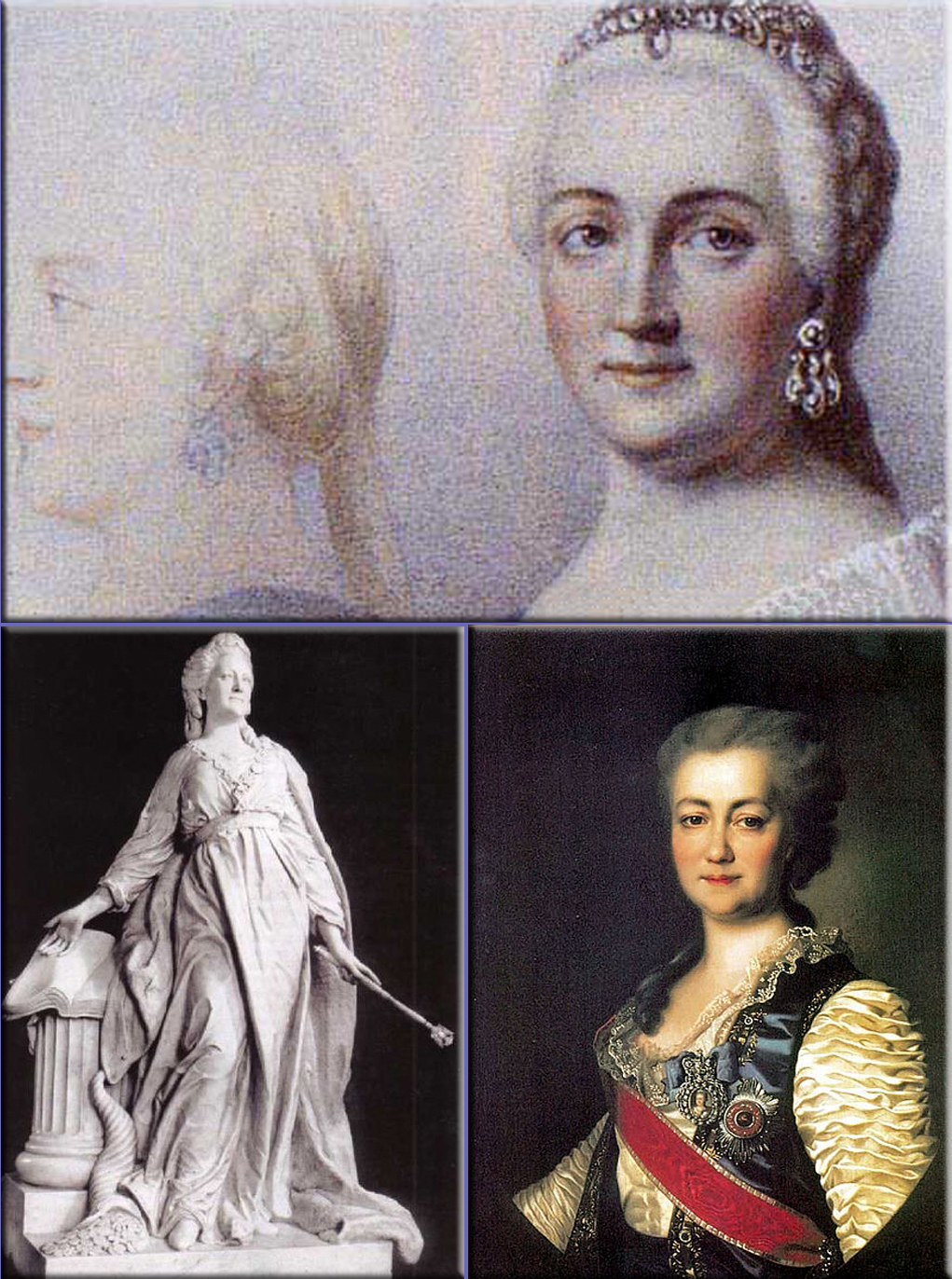
“If any one Citizen could do what the Laws forbid, there would be no more Liberty; because others would have an equal Power of doing the same.”
~ Catherine the Great
Wikiquote (Catherine the Great (Yekaterina Alexeevna or Catherine II, also known as Catherine the Great (Russian: Екатерина II Великая, Yekaterina II Velikaya), Empress of Russia (May 2 [O.S. April 21] 1729 – November 17 [O.S. November 6] 1796), the most renowned and the longest-ruling female leader of Russia, reigning from July 9 [O.S. June 28] 1762 until her death at the age of sixty-seven.)
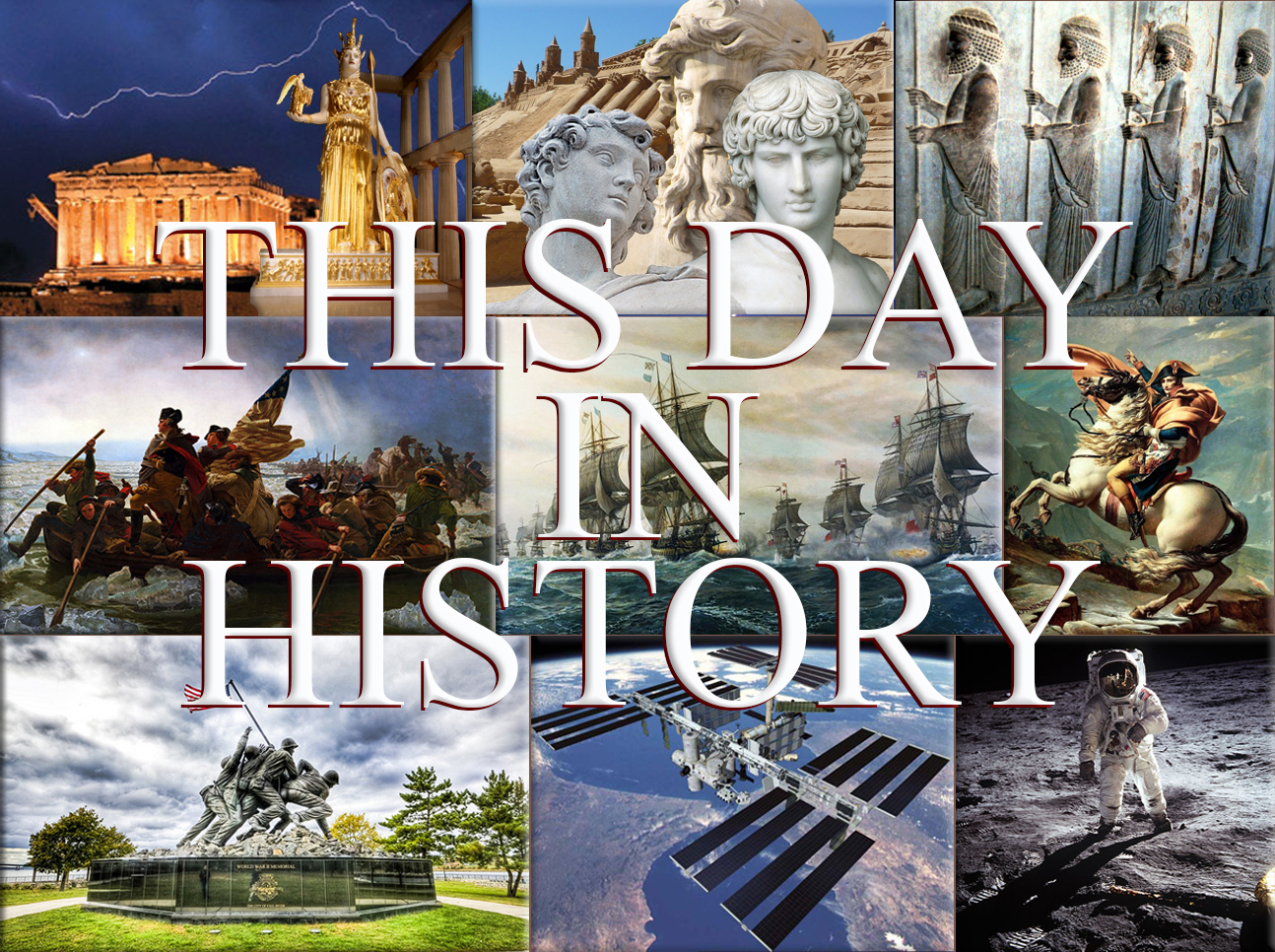
November 6th, 355
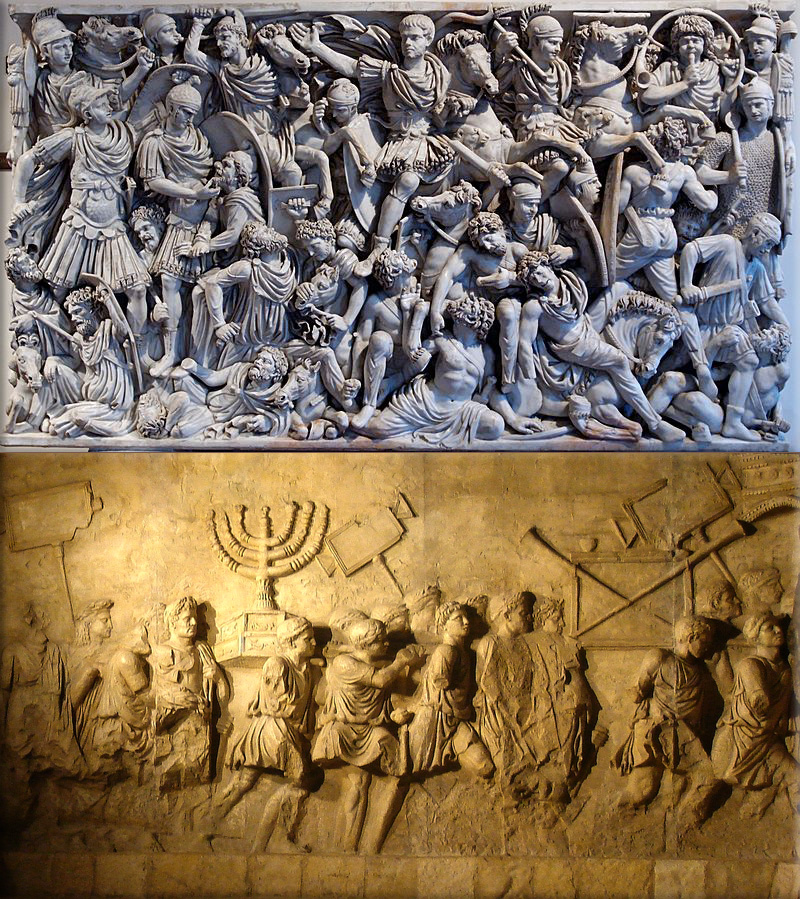
Roman Empire:
355 - The Alamanni cross the Rhine and invade Gaul. Emperor Valentinian I moves to Paris to command the army and defend the Gallic cities.
Wikipedia Image: Relief from a 3rd-century sarcophagus depicting a battle between Romans and Germanic warriors; the central figure is perhaps the emperor Hostilian / Depiction of the Menorah on the Arch of Titus in Rome.
November 6th, 1528
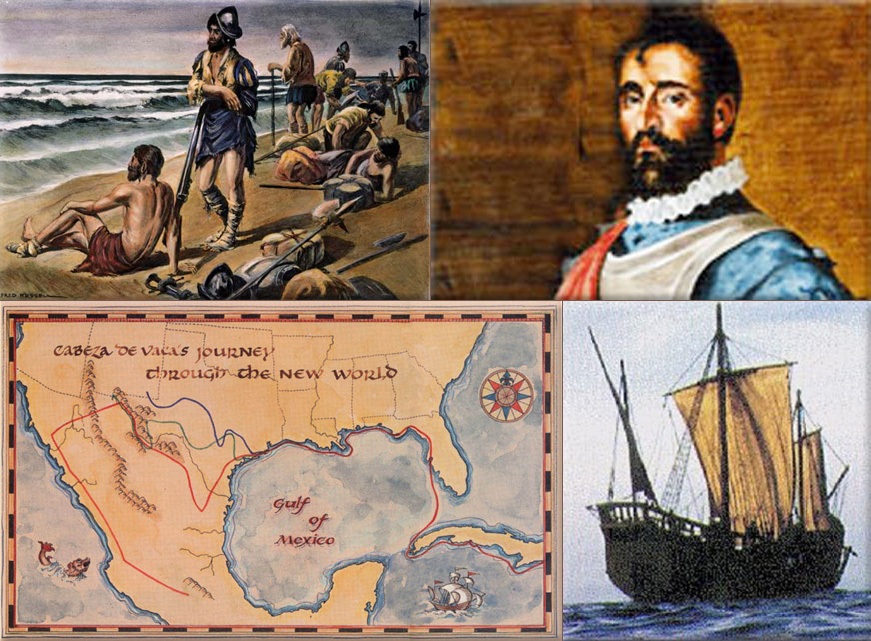
Shipwrecked Spanish conquistador Álvar Núñez Cabeza de Vaca becomes the first known European to set foot in Texas.
Wikipedia Image: Álvar Núñez Cabeza de Vaca and his men were shipwrecked along the shores of what is now Texas, The Granger Collection, New York.
November 6th, 1632
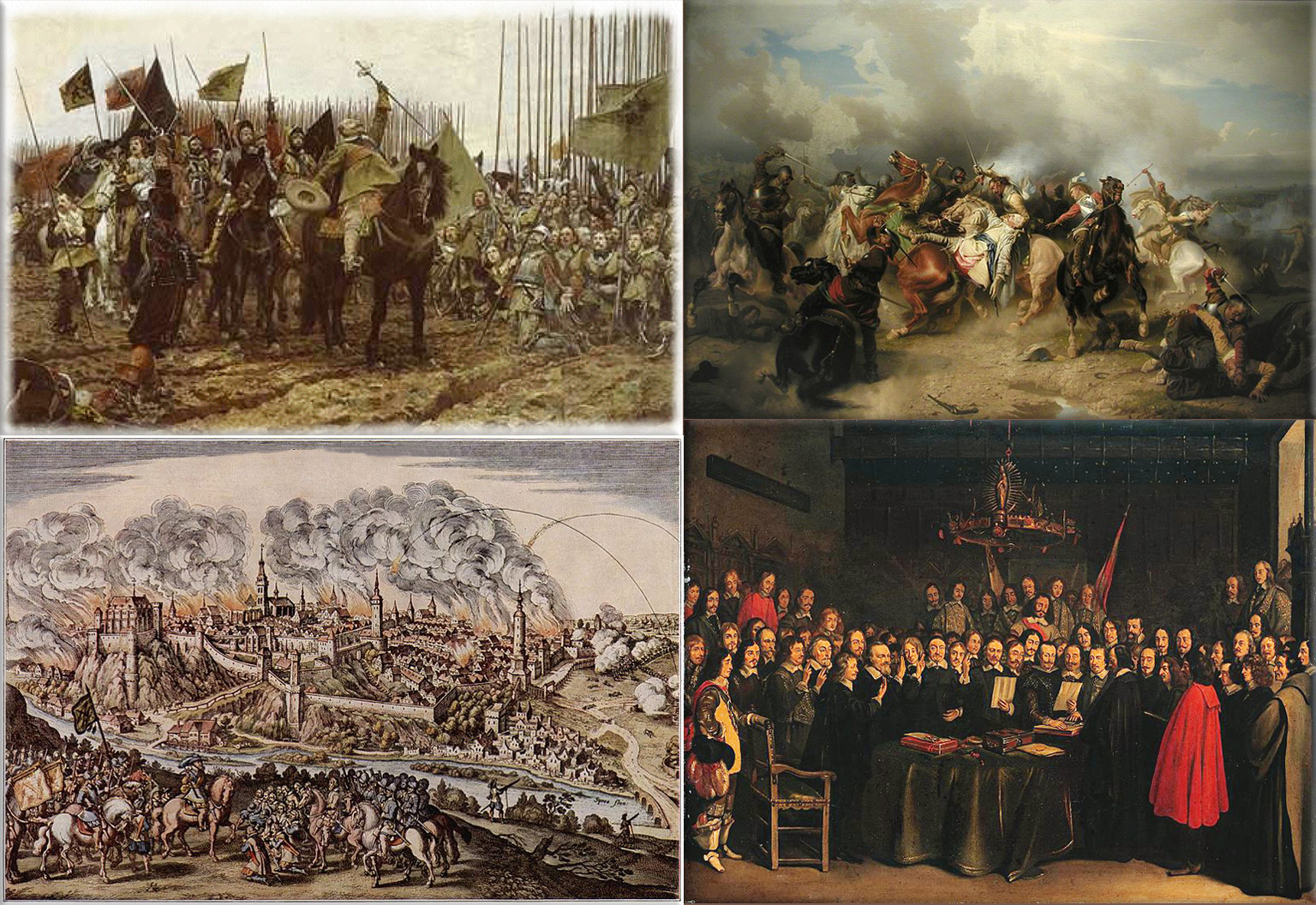
Thirty Years' War:
1632 - Battle of Lützen; Swedes are victorious but the King of Sweden, Gustavus Adolphus dies in the battle.
Wikipedia Painting: Battle of Breitenfeld (1631), The victory of Gustavus Adolphus; Bautzen circa 1620, by Matthäus Merian; Battle of Lützen by Carl Wahlbom shows the death of King Gustavus Adolphus on 16 November 1632; Bautzen 1620, by Matthäus Merian; Peace of Westphalia, Ratification of the Peace of Münster.
November 6th, 1861
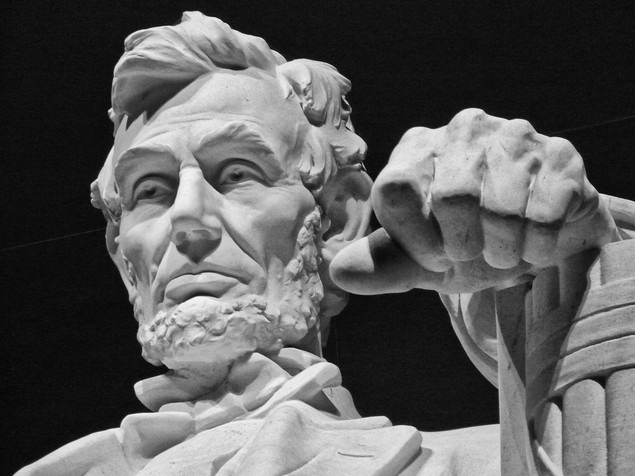
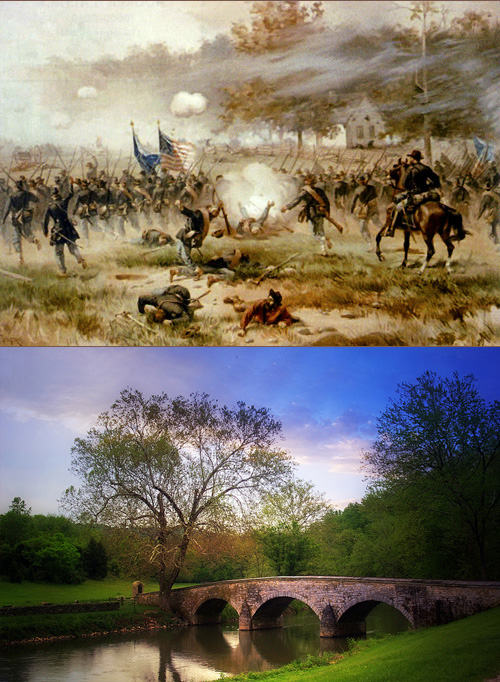
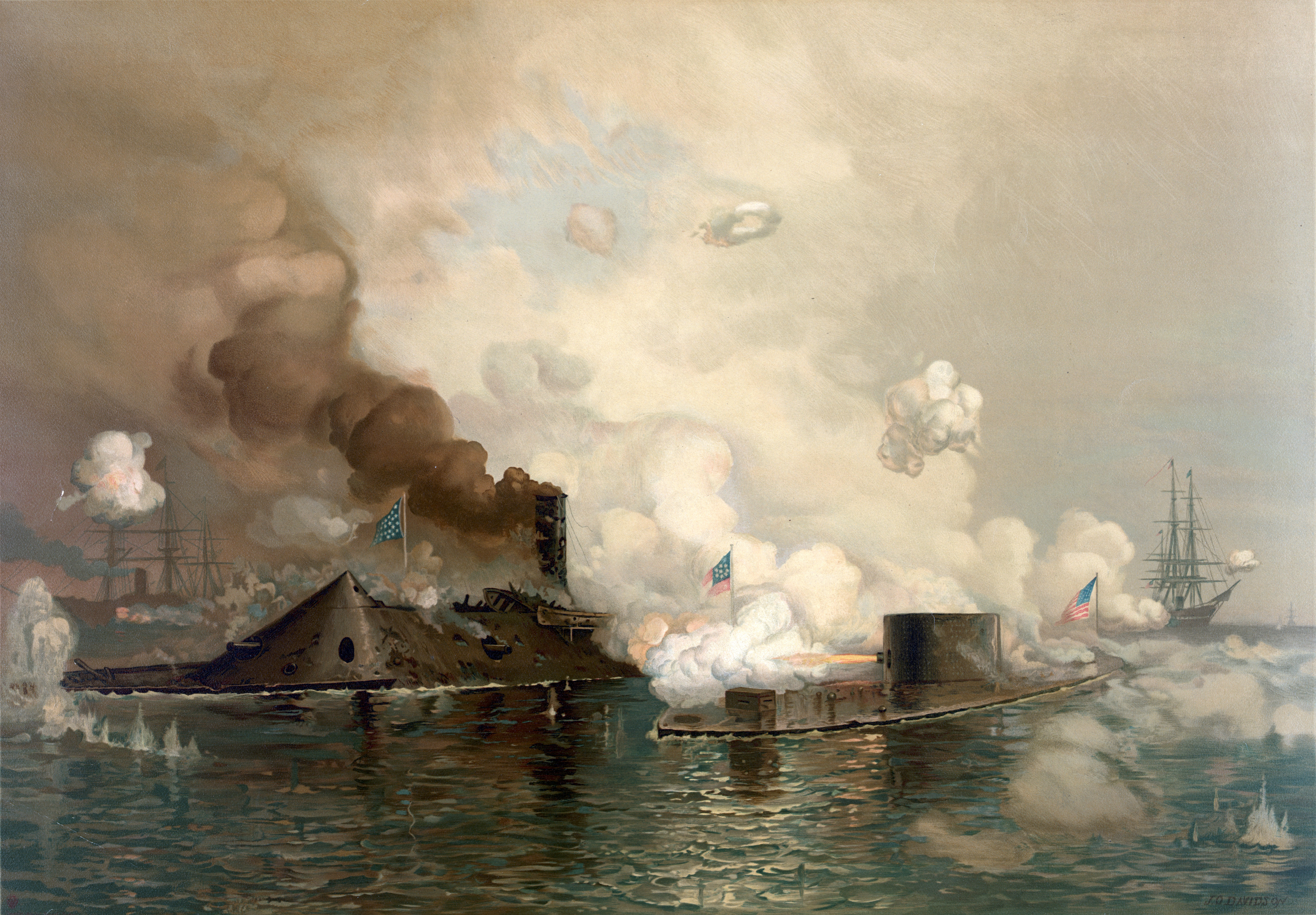
American Civil War:
1861 - Jefferson Davis is elected president of the Confederate States of America.
1865 - CSS Shenandoah is the last Confederate combat unit to surrender after circumnavigating the globe on a cruise on which it sank or captured 37 vessels.
Wikipedia Image: ● Lincoln Memorial; an American national monument built to honor the 16th President of the United States, Abraham Lincoln - located on the National Mall in Washington, D.C. across from the Washington Monument.
● The northern army led by George McClellan and the southern army led by Robert E. Lee met at Antietam Creek, Maryland in September, 1862. It was a bloody battle where 13,000 Confederates and 12,000 Union troops died in just one day. McClellan had hesitated to attack before the battle thus letting the southern troops regroup. Also, he had saved reserves and refused to use them at the end of the battle thinking that Lee was holding reserves for a counterattack, even though those reserves didn't exist. The Union victory stopped Lee's northward advance and was a turning point in the war.
● Battle of Antietam / Stone Bridge at Antietam Battlefield - Sharpsburg, Maryland
● First Battle Between Ironclads: CSS Virginia/Merrimac (left) vs. USS Monitor, in 1862 at the Battle of Hampton Roads.
● Although photography was still in its infancy, war correspondents produced thousands of images, bringing the harsh realities of the frontlines to those on the home front in a new and visceral way. The Atlantic.
November 6th, 1869
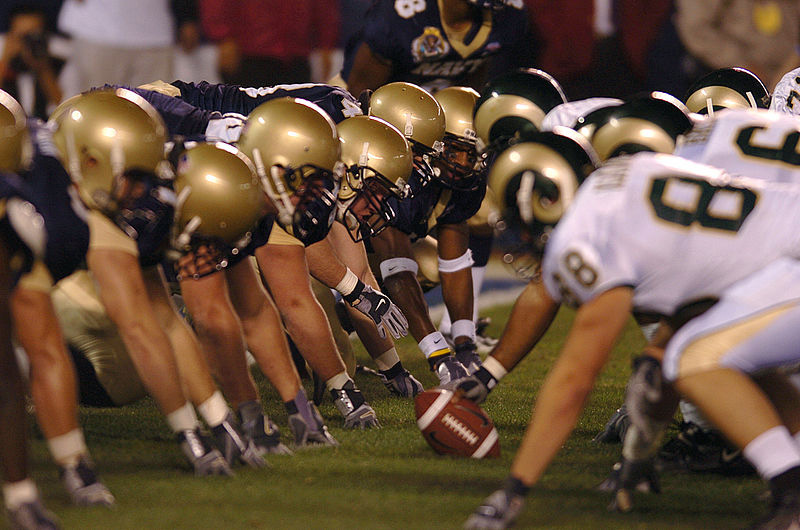
American football: New Brunswick, New Jersey; Rutgers College defeats Princeton University (then known as the College of New Jersey), 6-4, in the first official intercollegiate American football game.
Wikipedia Image: The U.S. Naval Academy Midshipmen (left) face off against the Colorado State Rams.
November 6th, 1913

Mahatma Gandhi is arrested while leading a march of Indian miners in South Africa.
Wikipedia Photo: Mohandas Gandhi, Gandhi (1906), Mohandas K. Gandhi arrived in South Africa as a young British-trained lawyer (1893) - The New York Times; Gandhi in South Africa (1895); Mahatma Gandhi spinning yarn, (1920); Mohandas Karamchand Gandhi.
November 6th, 1917

World War I:
1917 - Third Battle of Ypres ( Battle of Passchendaele) ends; after three months of fierce fighting, Canadian forces take Passchendaele in Belgium.
1918 - The Second Polish Republic is proclaimed in Poland.
Wikipedia Photo: Trenches on the Western Front; a British Mark IV Tank crossing a trench; Royal Navy battleship HMS Irresistible sinking after striking a mine at the Battle of the Dardanelles; a Vickers machine gun crew with gas masks, and German Albatros D.III biplanes. National Archives and Records Administration.
November 6th, 1935
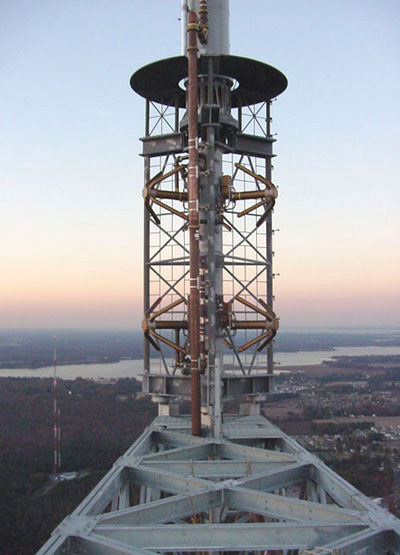
Edwin Armstrong presents his paper "A Method of Reducing Disturbances in Radio Signaling by a System of Frequency Modulation" to the New York section of the Institute of Radio Engineers.
Wikipedia Photo: FM broadcasting antennas; referred to as a "cogwheel" FM broadcast antenna. These are engineered specifically for the exact wavelenght of the signal and are designed to distribute the signal as evenly as possible in all directions. It is somewhat comparable to an isotropic radiator (a fictional antenna which radiates signals perfectly in all directions). credit: Franitzasab.webs
November 6th, 1935
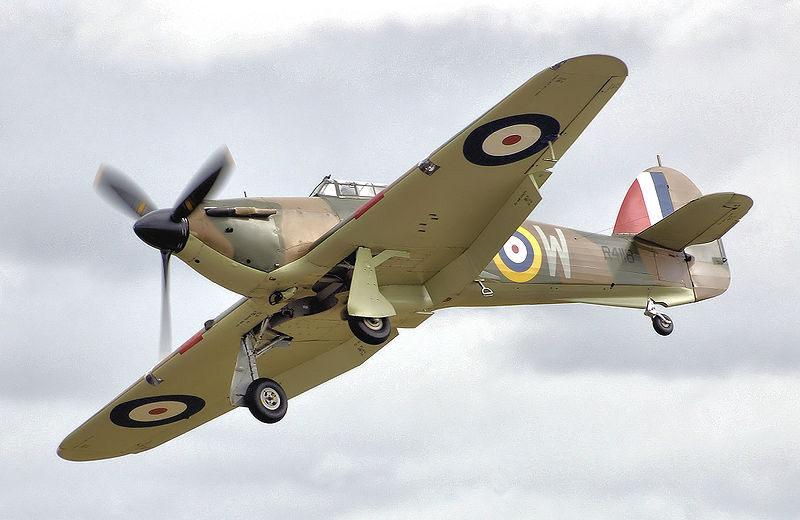
First flight of the Hawker Hurricane.
Wikipedia Photo: The Hawker Hurricane was the first fighter monoplane to join the Royal Air Force and the first combat aircraft adopted by that arm capable of exceeding 300 mph in level flight. The Hurricane shouldered the lion's share of Britain's defense during the " Battle of Britain". credit Aviation-History.
November 6th, 1935

Parker Brothers acquires the forerunner patents for MONOPOLY from Elizabeth Magie.
Wikipedia Image: MONOPOLY, credit Hasbro; Elizabeth Magie first made the game, known as The Landlord's Game.
November 6th, 1939
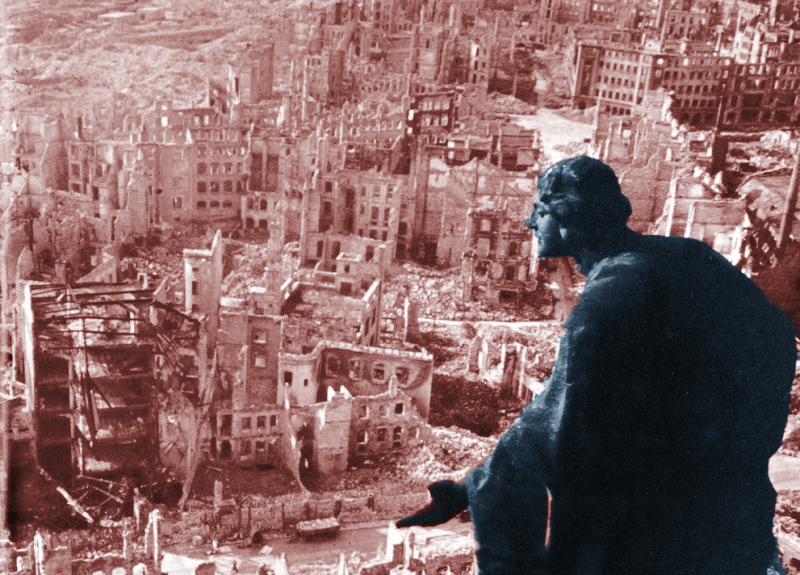

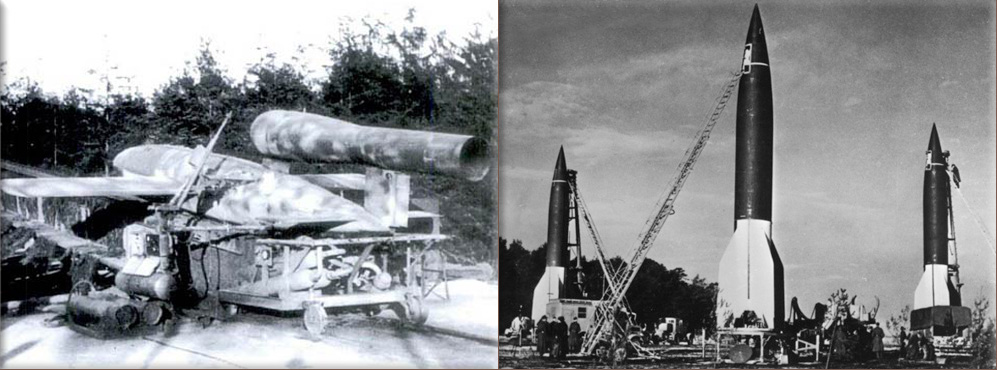
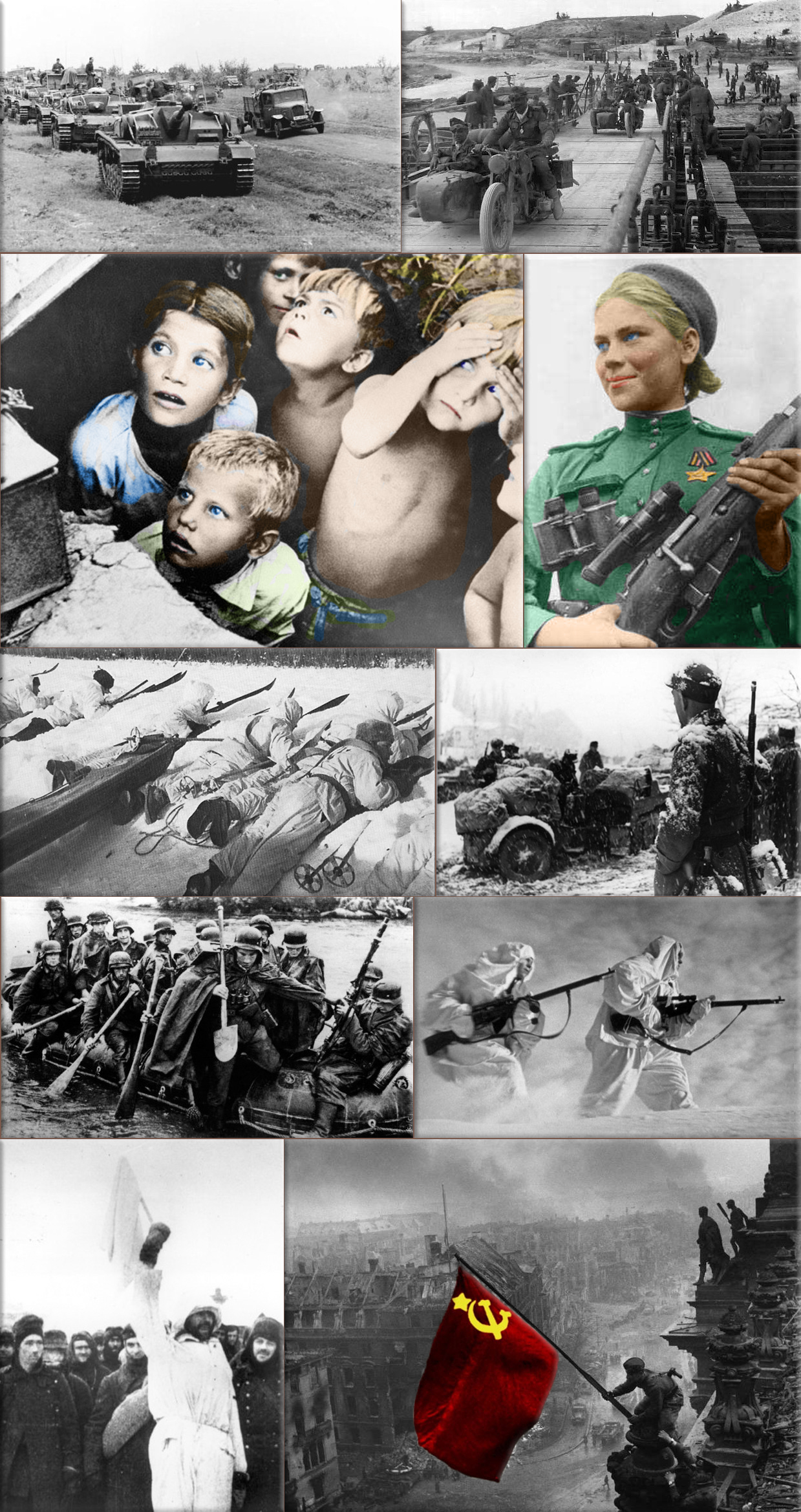
World War II:
1939 - Sonderaktion Krakau takes place.
1941 - Soviet leader Joseph Stalin addresses the Soviet Union for only the second time during his three-decade rule. He states that even though 350,000 troops were killed in German attacks so far, the Germans had lost 4.5 million soldiers and that Soviet victory was near.
1942 - Guadalcanal Campaign; Carlson's patrol begins.
1943 - Soviet Red Army recaptures Kiev. Before withdrawing, the Germans destroy most of the city's ancient buildings.
1944 - Plutonium is first produced at the Hanford Atomic Facility and subsequently used in the Fat Man atomic bomb dropped on Nagasaki, Japan.
Wikipedia Photo: Bombing of Dresden in World War II; August Schreitmüller's sculpture 'Goodness' surveys Dresden after a firestorm started by Allied bombers in 1945.
USS Bunker Hill was hit by kamikazes piloted by Ensign Kiyoshi Ogawa and another airman on 11 May 1945. 389 personnel were killed or missing from a crew of 2,600; Ensign Kiyoshi Ogawa, who flew his aircraft into the USS Bunker Hill during a Kamikaze mission on 11 May 1945; Kamikaze Missions - Lt Yoshinori Yamaguchi's Yokosuka D4Y3 (Type 33 Suisei) "Judy" in a suicide dive against USS Essex. The dive brakes are extended and the non-self-sealing port wing tank is trailing fuel vapor and/or smoke 25 November 1944.
German V1 flying-bomb and V2 Rockets - Preparations for a Salvo Launch of V-2 Rockets in the Heidelager near Blizna (Poland) (1944), credit German History in Documents and Images GHDI.
Eastern Front (World War II); Germans race towards Stalingrad. August 1942; Soviet children during a German air raid in the first days of the war, June 1941, by RIA Novosti archive; Soviet sniper Roza Shanina in 1944. About 400,000 Soviet women served in front-line duty units Caucasus Mountains, winter 1942/43; Finnish ski patrol: the invisible enemy of the Soviet Army with an unlimited supply of skis; Men of the German Engineers Corps cross a river which is swollen after the first autumn rains, to strengthen bridges linking the German positions on the central front in Russia. by Keystone / Getty Images. October 1942; Russian snipers fighting on the Leningrad front during a blizzard. Photo by Hulton Archive / Getty Images, 1943; German soldiers surrendering to the Russians in Stalingrad, the soldier holding the white flag of surrender is dressed in white so that there could be no doubt of his intentions, a Russian soldier is on the right of the photograph. by Keystone / Getty Images, January 1943.
November 6th, 1947
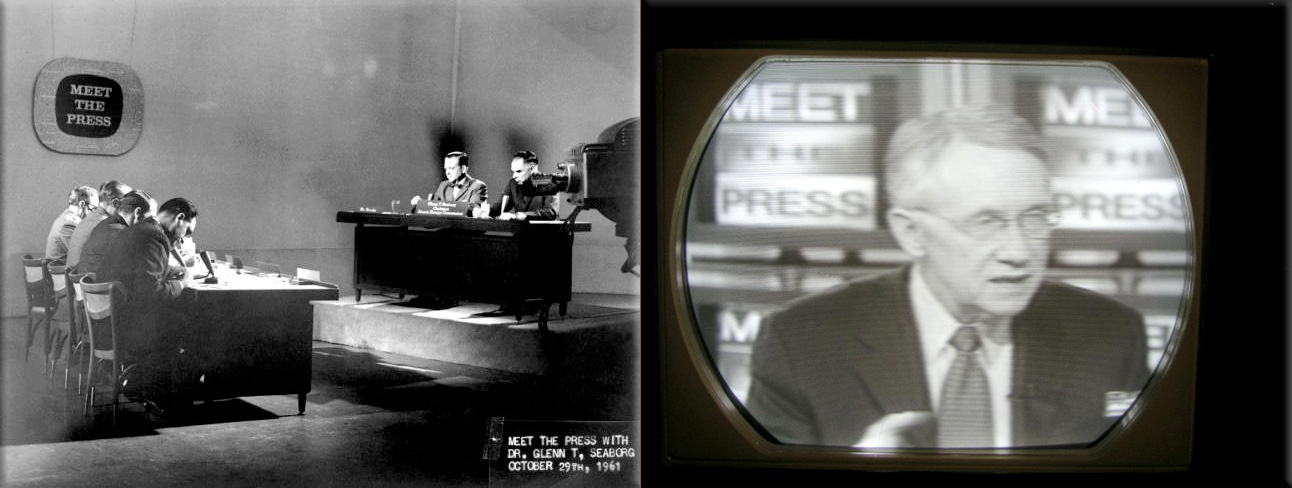
Meet the Press makes its television debut (the show went to a weekly schedule on September 12, 1948).
Wikipedia Photo: NBC's "Meet the Press" is the longest running series ever broadcast, being continuously produced since 1947. (In 1961, when the Kennedy administration was considering renewing atmospheric testing (there had been a moratorium on testing when the Soviets suddenly began to test in the atmosphere), Dr. Seaborg was asked to appear on Meet the Press. Dr. Seaborg remembered, "I got in touch with President Kennedy before I appeared on Meet the Press and I said, 'They're going to ask me if you're going to decide to resume the atmospheric testing of nuclear weapons, and what shall I say?' And he said, 'Oh, be very forthcoming but don't tell them anything.' Well, I had a very rough 30 minutes on Meet the Press." credit Seaborg.ucla.edu)
November 6th, 1948
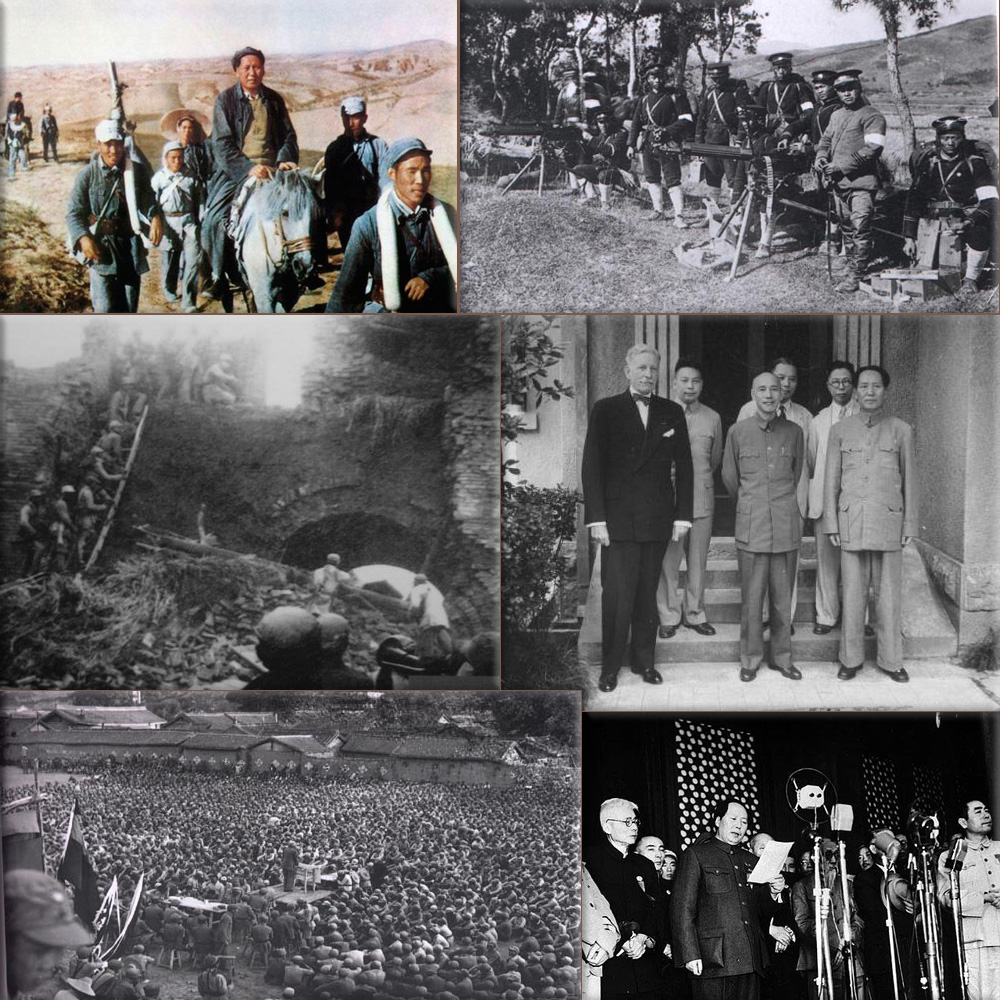
Chinese Civil War:
1948 - Huaihai Campaign; Deputy commander-in-chief of the Eastern China Field Army General Su Yu launched a massive offensive toward Xuzhou, defended by seven different armies under the Suppression General Headquarter of Xuzhou Garrison.
Wikipedia Photo: In 1934, Mao Zedong headed the Long March. The Long March was when the Chinese Nationalists, led by Chiang Kai-shek, forced the Chinese Communists, led by Mao Zedong, on a march to the caves of Shaanxi. (colorized); Government soldiers train with modern machine guns; People's Liberation Army attacking government defensive positions in Shangtang; US diplomat Patrick J. Hurley, Chiang Ching-kuo, Chiang Kai-shek, Chang Ch'ün, Wang Shi Jie (王世杰), Mao Zedong; A Communist leader addressing Long March survivors; The PLA enters Beijing in the Pingjin Campaign and control the later capital of PRC.
November 6th, 1963

Vietnam War:
1963 - Following the November 1 coup and execution of President Ngo Dinh Diem, coup leader General Duong Van Minh takes over leadership of South Vietnam.
Wikipedia Picture: Vietnam_War; Side view of an HH-53 helicopter of the 40th Aerospace Rescue and Recovery Squadron as seen from the gunner's position on an A-1 of the 21st Specialist Operations Squadron. (USAF Photo by Ken Hackman), Boston Globe
November 6th, 1965
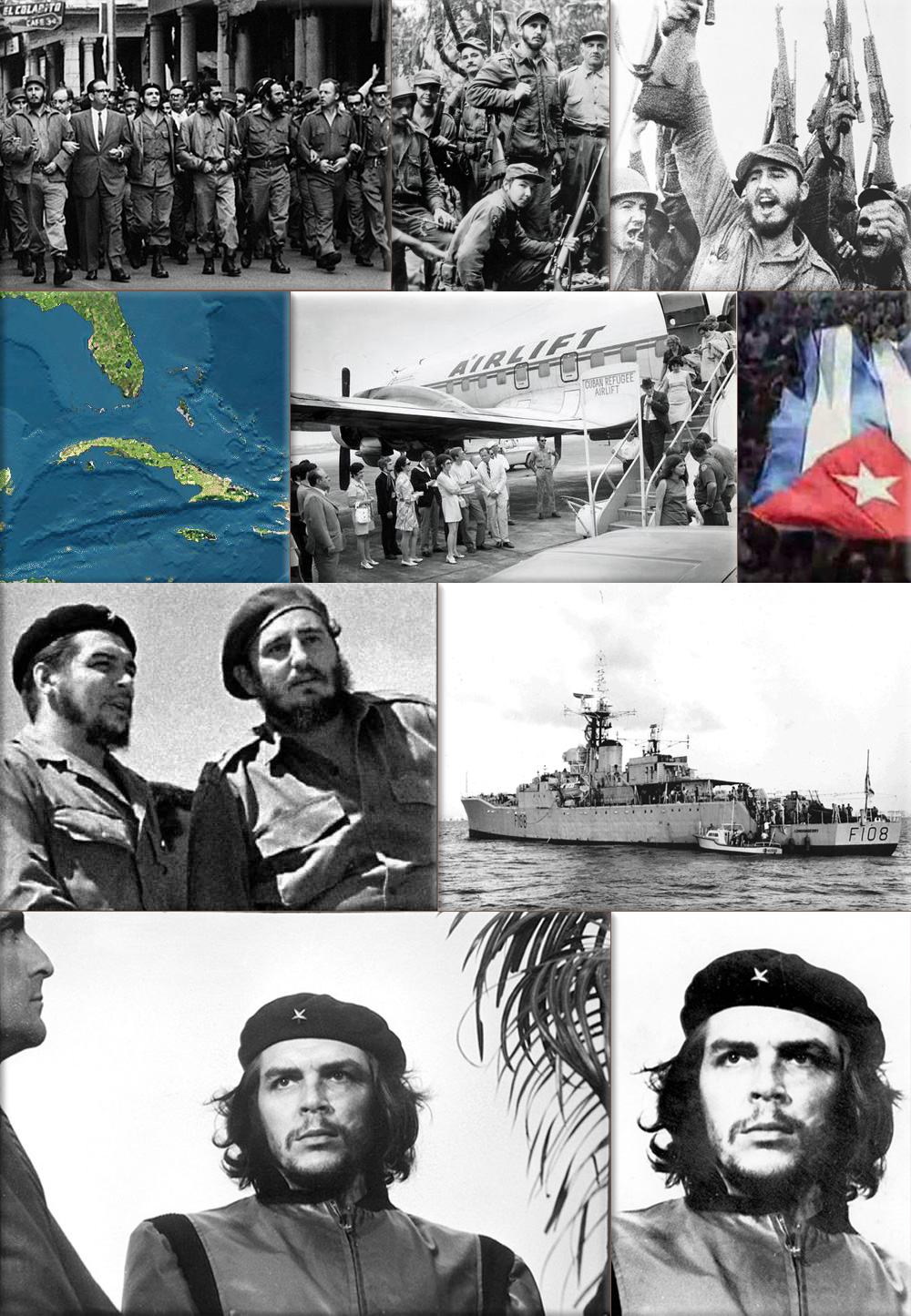
Cuban Revolution:
1965 - Cuba and the United States formally agree to begin an airlift for Cubans who want to go to the United States. By 1971, 250,000 Cubans made use of this program.
Wikipedia Photo / Map: The leadership of the Cuban revolution; Fidel Castro played the leading role in the Cuban revolution against Fulgencio Batista (1957) AFP; Fidel Castro leads men in a cheer, Cuba, 1957, Bettmann/ Corbis; Cuban Airlift to the United States (1959 and 1962); Resiste Cuba, homenaje a la revolución cubana y sus héroes música: Protesta-Por Cuba; Che Guevara and Fidel Castro ; Official caption: "Off loading Cuban refugees at the Miami sea buoy", photo dated 4 May 1964; Photo No. 7CGD-050464 #12; Guerrillero Heroico - Alberto Korda's famous photograph of Che Guevara; The popularized cropped version; .
November 6th, 1971

United States Atomic Energy Commission tests the largest U.S. underground hydrogen bomb, code-named Cannikin, on Amchitka Island in the Aleutian Islands.
Wikipedia Photo: Hardtack Umbrella underwater nuclear test 8 June 1958 (GMT), Enewetak lagoon Yield: 8 kt; Aerial view of the Cactus dome, Enewetak Atoll.
November 6th, 1995
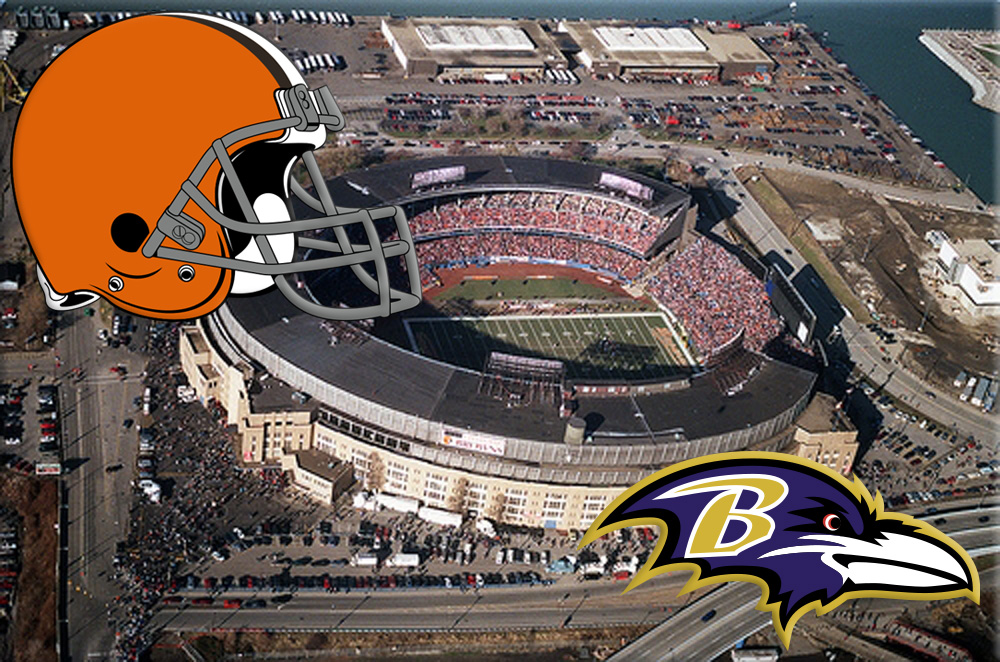
Cleveland Browns relocation controversy: Art Modell announces that he signed a deal that would relocate the Cleveland Browns to Baltimore to become the Baltimore Ravens, the first time the city had a football team since 1983 when they were the Baltimore Colts.
Wikipedia Photo: Cleveland Browns relocation controversy; Cleveland Municipal Stadium, where the Browns played until 1995 (Cleveland Stadium, After Modell requested an issue be placed on the ballot to provide $175 million in tax dollars to refurbish the outmoded and declining Cleveland Stadium).
November 6th, 2013
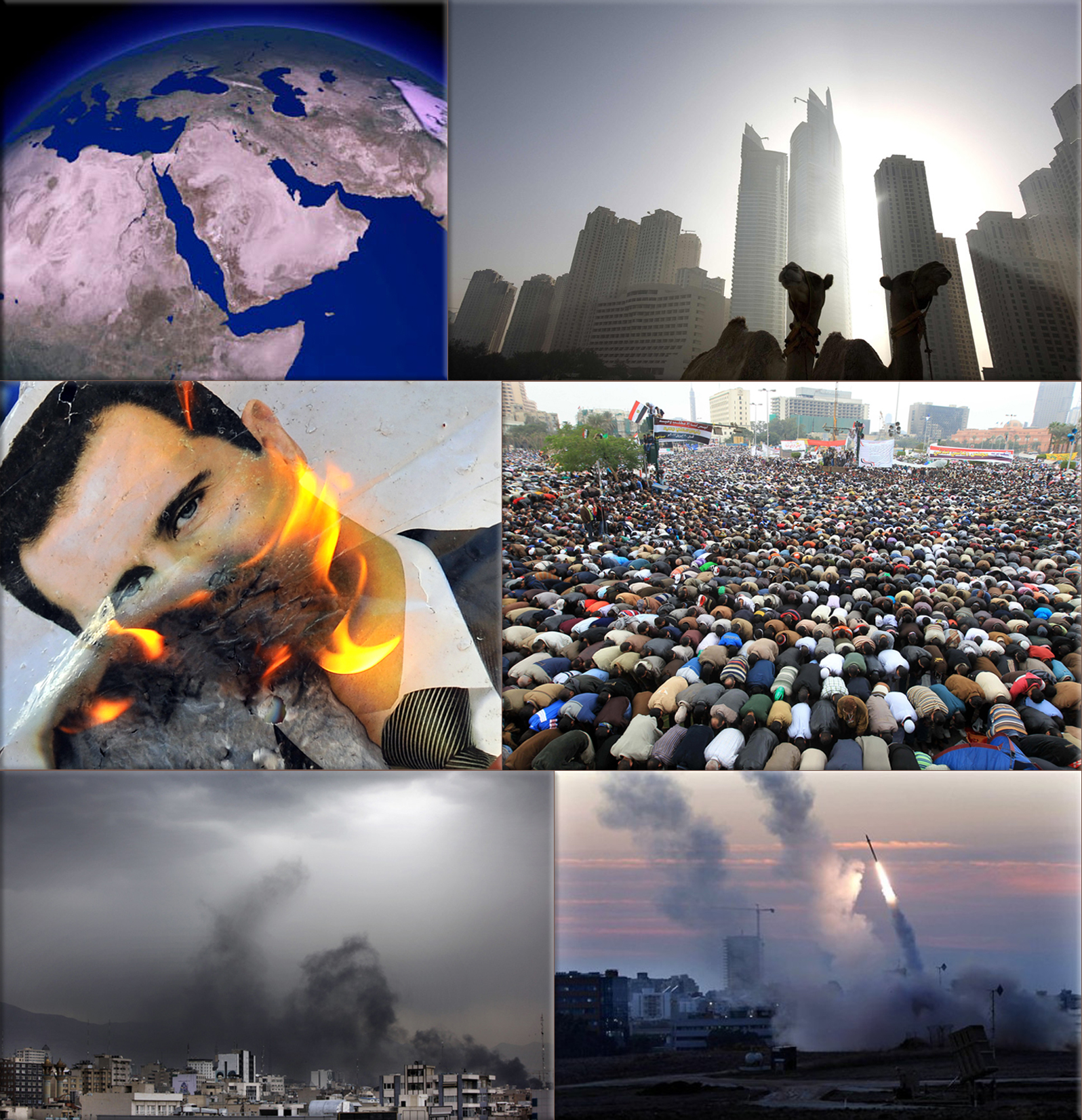
Modern conflicts in the Middle East, social unrest and terrorist attacks:
2013 - Taiyuan attack; Taiyuan, China - Several small bombs explode outside a provincial office of the Chinese Communist Party in the northern city of Taiyuan, killing at least one person and wounding eight others.
Wikipedia Photo: Middle East satellite image, NASA. ● Camels are seen early morning on a beach in the Marina area of Dubai October 16, 2008. (Steve Crisp, Reuters) ● A portrait of Syrian President Bashar al-Assad burns during clashes between rebels and Syrian troops in Selehattin, near Aleppo, on July 23, 2012. (Bulent Kilic, AFP / GettyImages) ● Egyptians gather in their thousands in Tahrir Square to mark the one year anniversary of the revolution on Jan. 25, 2012 in Cairo Egypt. Tens of thousands have gathered in the square on the first anniversary of the Arab uprising which toppled President Hosni Mubarak. (Jeff J Mitchell, Getty Images) ● Black smoke rises above the Tehran skyline as supporters of Mir Hossein Mousavi burn tires and other material in the streets as they fight running battles with police to protest the declared results of the Iranian presidential election in Tehran, Iran, Saturday, June 13, 2009. (Ben Curtis, AP) ● The Iron Dome defense system fires to interecpt incoming missiles from Gaza in the port town of Ashdod, Thursday, Nov. 15, 2012. (Tsafrir Abayov, AP)
